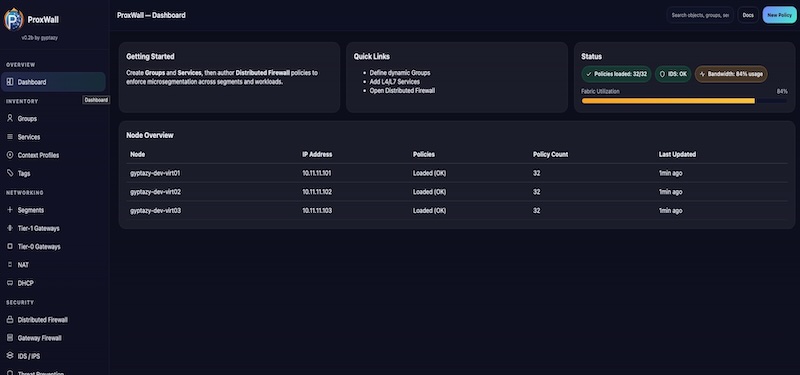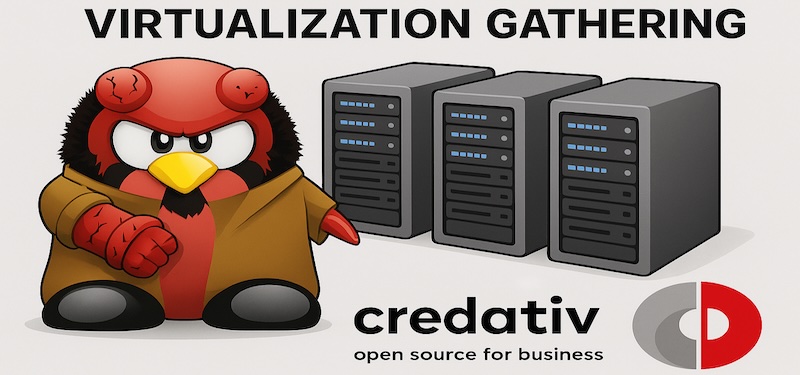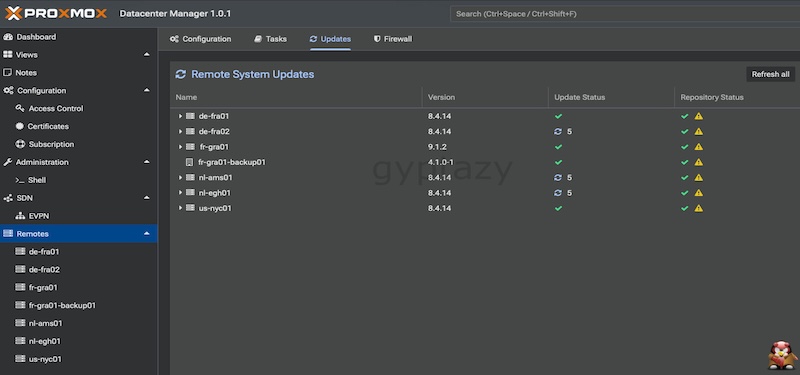The Proxmox Datacenter Manager brings something many administrators have wanted for a long time. A single place where all Proxmox…
Blog

2025-11-14 Micro-segmentation in Proxmox with ProxWall
General Micro-segmentation in Proxmox has become one of the most common topics in almost every customer conversation I have. Whenever…

2025-11-07 IncusOS – A Platform for Modern Virtualization & Containerization Infrastructure
What is IncusOS? IncusOS is an immutable operating system created with one clear goal: To run Incus safely, predictably and…

2025-11-05 Open-Source Virtualization Gathering in Germany, Mönchengladbach
General I’m excited to announce our very first and free Open-Source Virtualization Gathering in Germany (Mönchengladbach), taking place on Thursday, December…

